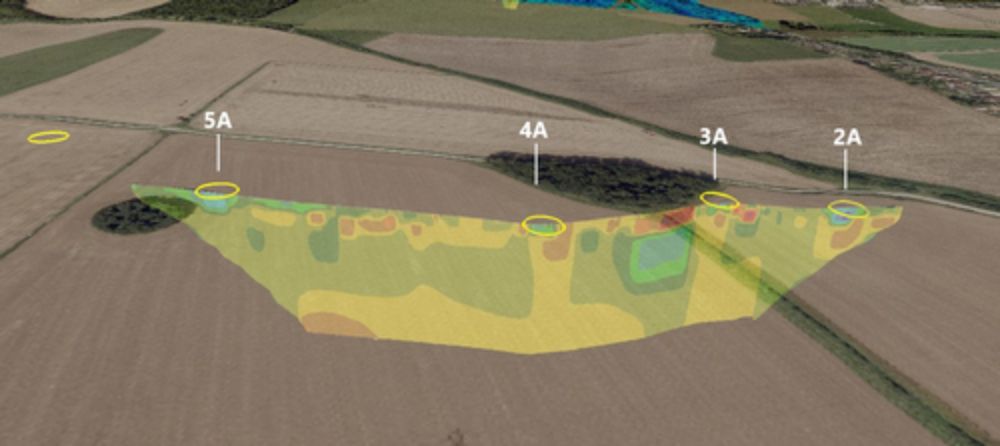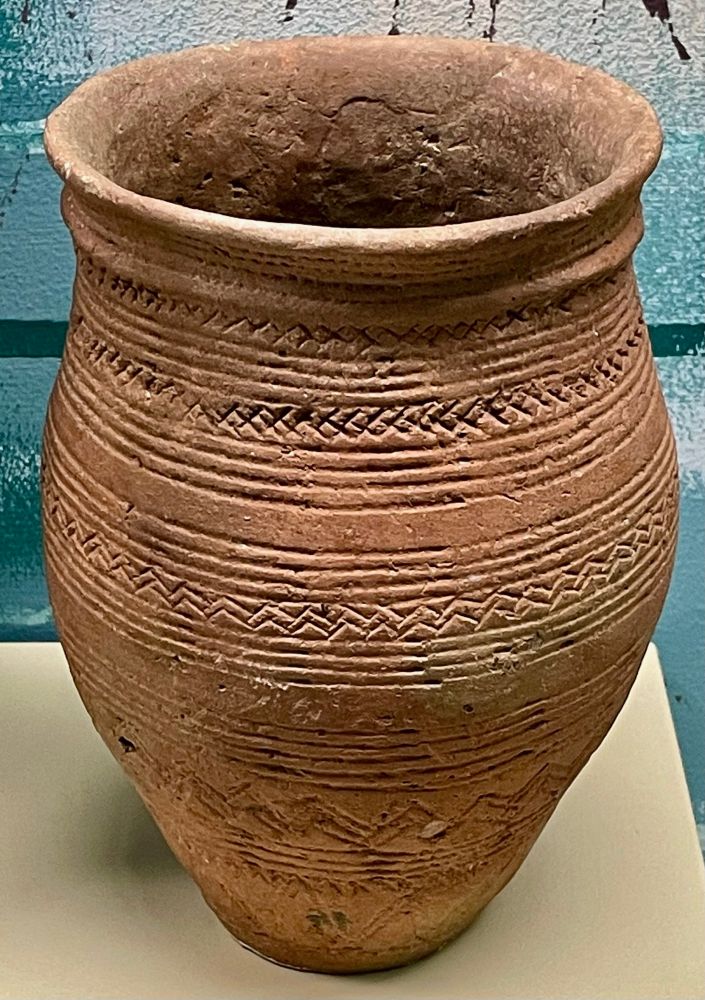
https://www.researchgate.net/profile/Merryn-Dineley
🏆 Gold: Dr Christina Wade
🥈 Silver: Andy Parker & Jamil Zainasheff
#BGBW25

🏆 Gold: Dr Christina Wade
🥈 Silver: Andy Parker & Jamil Zainasheff
#BGBW25
We present Martyn’s Lifetime Achievement Award to his brother, Dave Cornell.

We present Martyn’s Lifetime Achievement Award to his brother, Dave Cornell.
archaeologymag.com/2025/11/majo...

archaeologymag.com/2025/11/majo...


Serious question.
www.thenational.scot/news/2564917...

Serious question.
@antiquity.ac.uk @saa-aap.bsky.social @archaeologyeaa.bsky.social @prehistoricsociety.bsky.social

@antiquity.ac.uk @saa-aap.bsky.social @archaeologyeaa.bsky.social @prehistoricsociety.bsky.social
Established in 1872, Siebel Institute of Technology, the oldest brewing school in the U.S., is relocating its operations from Chicago to Montreal, effective Jan 1, 2026, amid concerns about international visas.
#montreal #brewing #brew #beer

www.thenational.scot/news/2564917...

www.thenational.scot/news/2564917...
STONE LANDS (on the Waterstones and Telegraph Best Books of 2025 lists) AND ALSO
THE OLD STONES (The Megalithic Portal guide, winner of Current Archaeology Book of the Year)
To win a signed (and dedicated if you like) copy of both books… 1/

STONE LANDS (on the Waterstones and Telegraph Best Books of 2025 lists) AND ALSO
THE OLD STONES (The Megalithic Portal guide, winner of Current Archaeology Book of the Year)
To win a signed (and dedicated if you like) copy of both books… 1/



Authorityes are prettye sure thei were
stollen
Authorityes are prettye sure thei were
stollen
barclayperkins.blogspot.com/2025/11/lets...

barclayperkins.blogspot.com/2025/11/lets...
Learn more 🆓 doi.org/10.15184/aqy...
🏺 #Archaeology

#YeastBiology #ScienceIsFun
A huge treat to taste beers with Zoran at the Carlsberg Research Laboratory - especially this one!


A huge treat to taste beers with Zoran at the Carlsberg Research Laboratory - especially this one!
doi.org/10.11141/ia....

doi.org/10.11141/ia....



